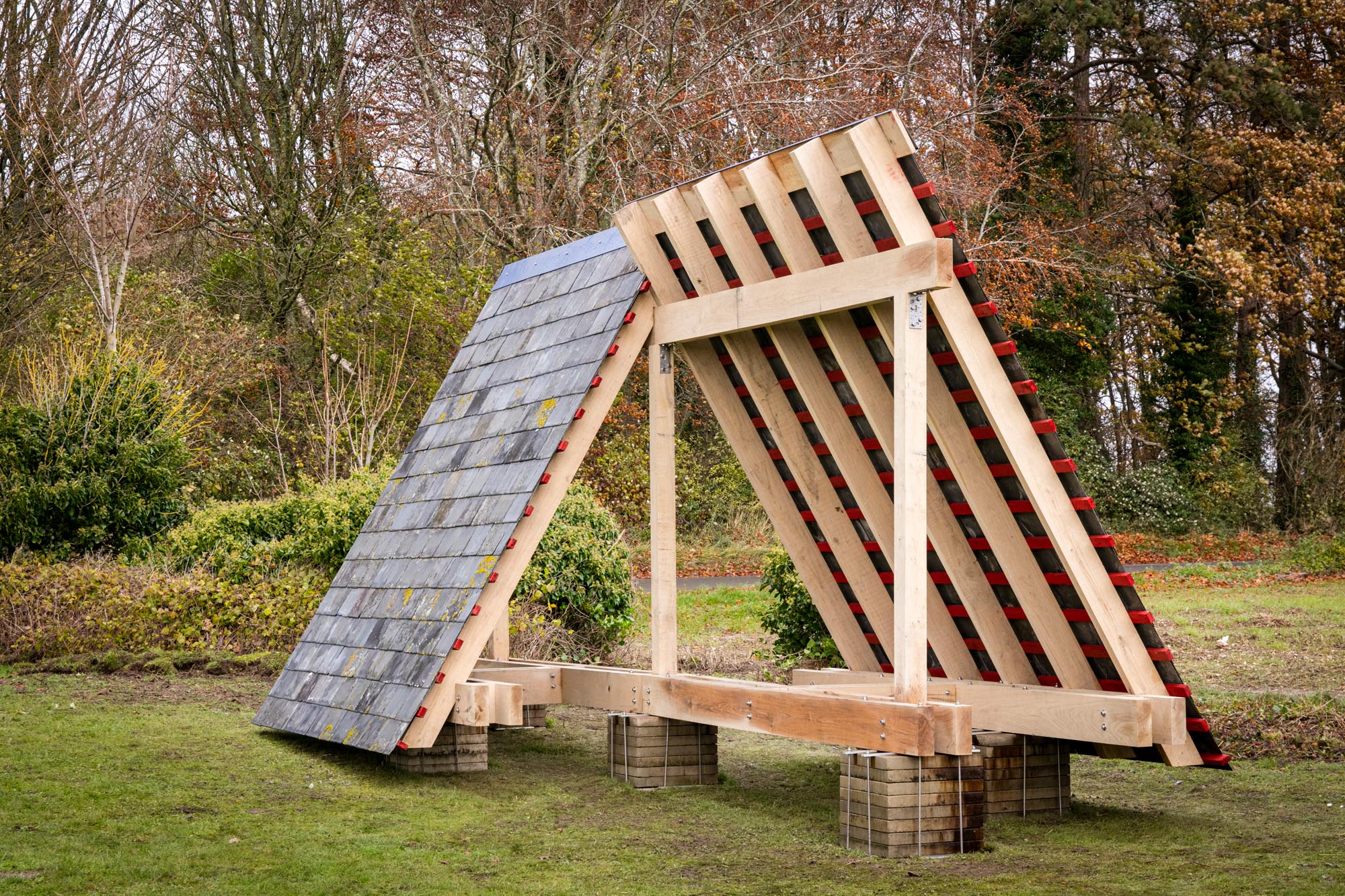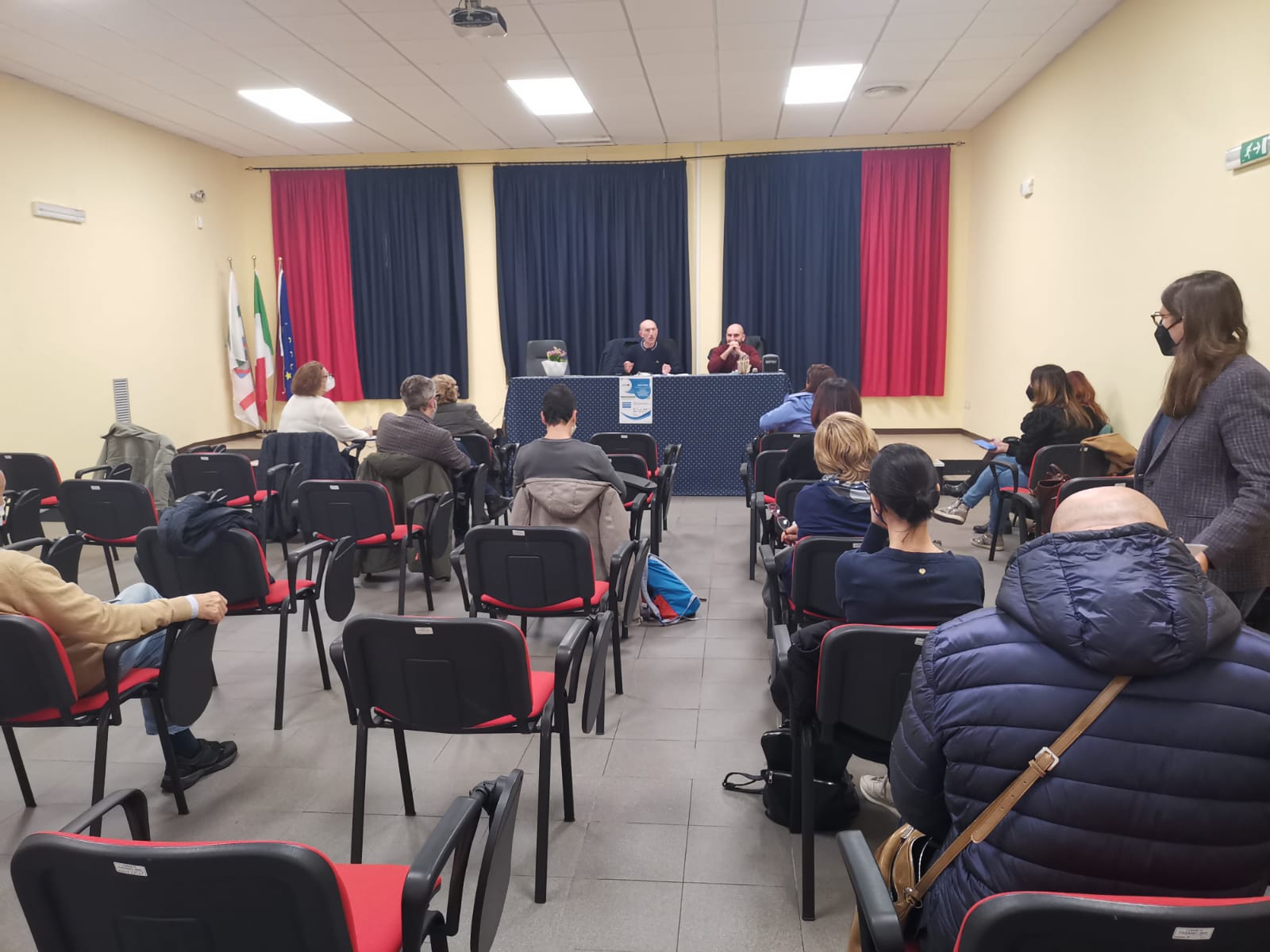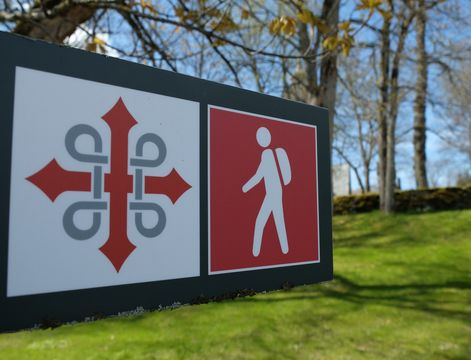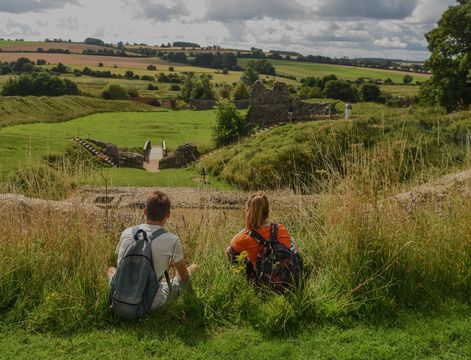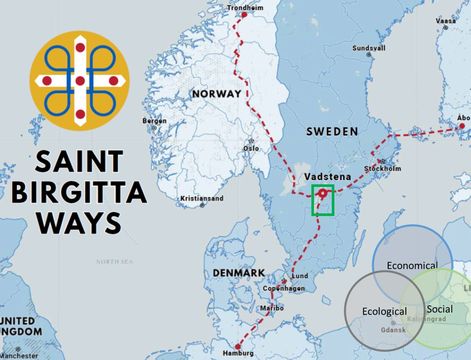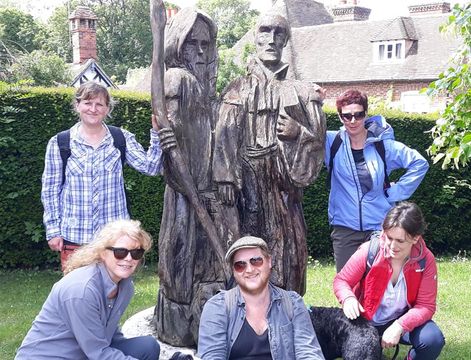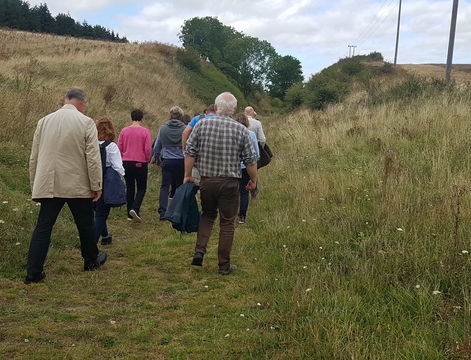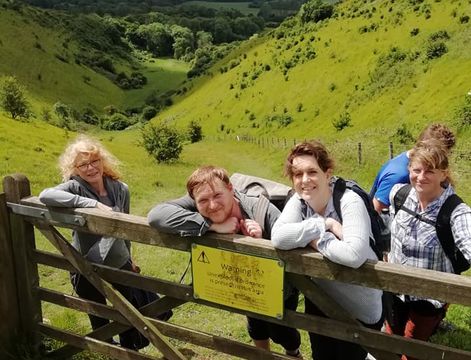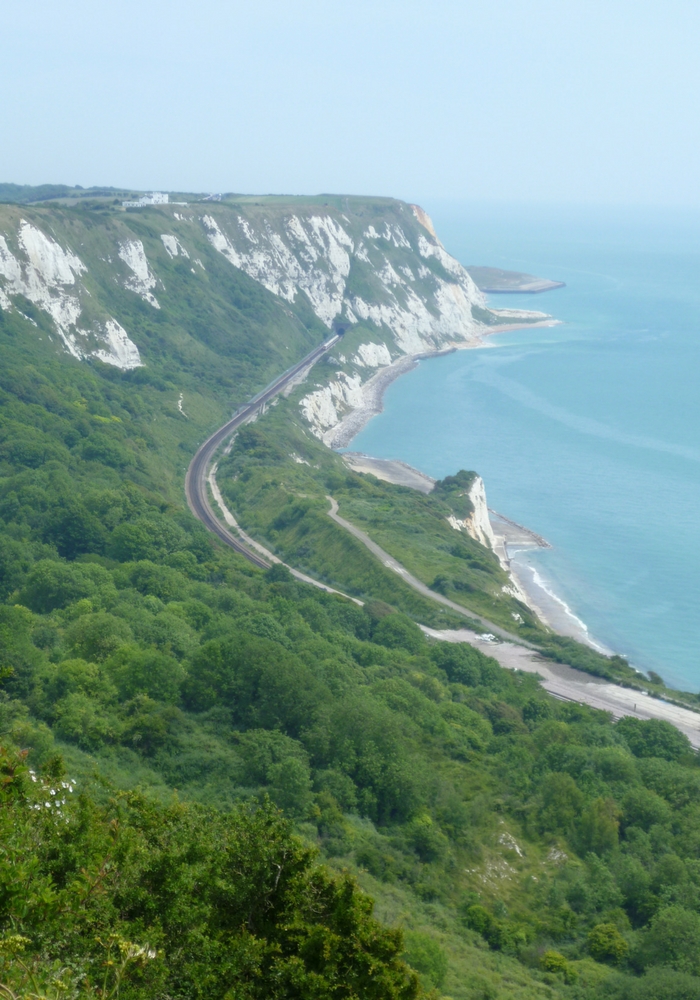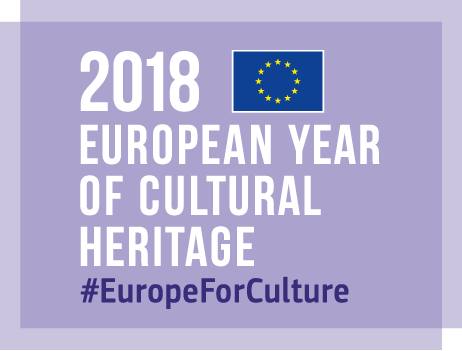There will be an official report from the National Institute of Culture and Tourism Development which will be posted on the website. This is personal reflection on the study visits learning and exchange of experience in Romania.
I was struck by the depth of heritage, culture and faith in Bucovinia. The landscape is stunning as the photographs reveal and the tourism and transport infrastructure is well developed. The region is falling over itself with UNESCO World Heritage sites, stunning painted monasteries seeped in history and cared for by devoted faith leaders, groups and communities who deeply value and respect these unique cultural assets. Some of these leaders took the time to speak to our project and spoke eloquently and with passion about the inseparability of Pilgrimage from its faith origins. They spoke of the power that Pilgrimage has to unite people of different faiths.
The Romania we visited feels like a destination in the midst of rapid change, one town we visited received 900 visitors in 1996 and 60,000 in 2016 - a massive increase. Active tourism is a key market for Bucovinia and small wonder with its varied landscape studded with mountains, lakes, rivers and beautiful vistas. Work is progressing rapidly developing walking and cycling routes; and connecting the monasteries on these routes is a high on the agenda.
The 'Camino' of east Europe is rapidly developing in Romania - The Via Mariae is a spiritual route of pilgrimage. It crosses Central Europe linking the shrines erected in honour of the Virgin Mary, and gathers sites and ‘hidden treasures’ that usually fall out of tourist itineraries. The network of footpaths links sites of both natural and cultural importance. It runs through forests and meadows, along picturesque valleys, crosses villages, links churches and other places of interest.
A group of us spent the last day of the trip walking between two monasteries in Dragomirna to Pătrăuți. This short 18km journey highlighted the benefits of walking pilgrimage to local people and economies. Away from the previous days tour bus, we slowly made our way through forest trails and small villages. We engaged with local people asking us where we were going and why we were walking, we saw local people collecting firewood from the forests, we noticed the detail care of village houses and the development of facilities and services in rural areas. We stopped in village shops for refreshments and we appreciated small provincial museums off the tourist track. The very act of walking brings people closer and shares the economic and cultural benefits of tourism to the smaller rural areas.
We look forward to the official study visit report and in the meantime we thank our Romanian partners for a unique and thought provoking visit. Mulțumesc


